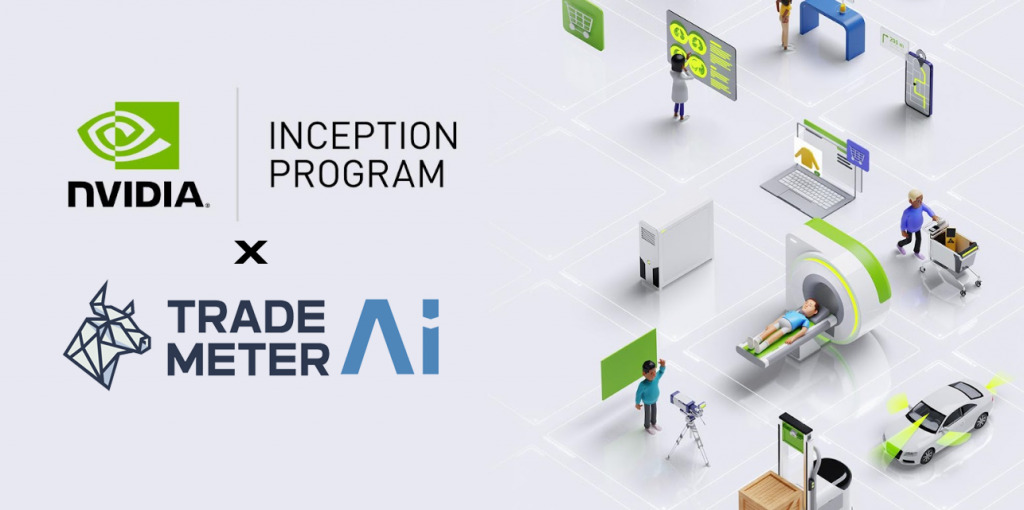20 Excellent Tips For Deciding On AI Stock {Investing|Trading|Prediction|Analysis) Sites
Top 10 Tips To Evaluate The Strategy Customization Of Ai Stock Predicting/Analyzing Trading PlatformsStrategy customization is a key feature of AI platform for predicting and analyzing stocks that allow users to adapt the platform to their specific trading goals as well as their risk tolerance and market conditions. A platform with a wide range of customizable features can enhance your trading. Here are 10 suggestions to evaluate the customizability of the platforms.
1. Evaluate Pre-Built Strategy Templates
The variety of templates available: Find out whether the platform provides a range of pre-built strategies for different trading styles (e.g., swing trading, day trading, long-term investment).
Simple to use: Consider how easy it is to modify and use these templates according to your needs.
Performance history: Confirm that the platform has previous data on performance that can be used to create already-built strategic plans.
2. Create Custom Strategy
Drag-and-drop platforms: Select platforms with drag-and-drop interfaces that allow you to easily create personalized strategies.
Coding Options: If are an advanced user, ensure that the platform can support the creation of custom codes.
Flexibility: Ensure that the platform lets you define entry/exit requirements and risk management guidelines, and other essential elements of your plan.
3. Check for Backtesting Capabilities
Historical data: Ensure that the platform is equipped with enough historical data available to backtest strategies.
Configurable settings: Make sure you have the capability to modify settings during backtesting.
Performance metrics: Verify whether the platform has specific performance metrics that can be used to backtest strategies (e.g. win rate Sharpe ratio drawdown).
4. Evaluate Real-Time Strategy Testing
Paper trading: Make sure that the platform lets you simulate or test your strategies without putting any money at risk.
Live testing You can test your strategies on live markets using small amounts of capital to assess their effectiveness.
Real-time adjustments: Check if you are able to adjust your strategies in real-time based on the market conditions.
5. Assessment of Integration using Technical Indicators
Libraries for indicators: Make sure the platform includes a complete library of technical tools (e.g. MACD, RSI and moving averages).
Custom indicators - Make sure you are able to build or import your own custom indicators.
Combination of indicators: Check whether the platform supports combining multiple indicators for complex strategies.
6. Check for Risk Management Tools
Stop-loss/take-profit: Ensure the platform allows you to set stop-loss and take-profit levels within your strategies.
Sizing your positions. Make sure you have rules in place for the best way to handle your risk (e.g. set amount or percentage of your portfolio).
Risk-reward: Make sure your platform allows you to set risk-reward for each strategy or trade.
7. Evaluate Multi-Asset Strategy Support
Asset classes: Ensure that the platform supports various asset classes like ETFs, stocks and options.
Cross-asset strategy: Check whether you can create strategies that include multiple types of assets (e.g. pairs trading, hedges, etc.).
Market coverage: Ensure that the platform you're interested in has market coverage for the markets you are interested in (e.g. US or international, copyright).
8. Assess the automation, Execution and Execution
Automated Trading: Check that the platform has the ability to execute strategies automatically using pre-defined rules.
Types of orders - Make sure that the platform supports a variety of order types to execute strategies (e.g. stop limit, market or stop).
Latency Check: Ensure that the platform permits trades to be executed at the least amount of latency. This is particularly important in the context of high-frequency strategies.
9. Look for tools to optimize your strategy.
Optimizing parameters: Make sure that the platform provides tools for optimizing strategy parameters (e.g., grid search, genetic algorithms).
Machine Learning Integration: Determine whether a platform incorporates machine-learning to refine and optimize strategy.
Analysis of scenarios: Check whether the platform permits testing strategies under different market scenarios (e.g. bear, bull, volatile).
Review User Feedback and Community Support
User reviews: Study feedback from customers to evaluate the platform's effectiveness for strategy and personalization.
Community forums: See if the platform has an active community where users can discuss and share their custom strategies.
Support resources - Ensure that the platform provides tutorials and documentation for users to create and improve strategies.
Bonus Tips
Trial period: Use a free trial or demo to experience the platform's customization features.
Scalability is essential. The platform must be able to handle strategies that are more complex when your trading expands.
Customer Support: Make sure that the platform has assistance for any concerns related to strategy or questions.
With these suggestions, you can evaluate the capabilities of AI stock-predicting/analyzing trading platform to tailor strategies. This will allow you to select a trading platform that matches your trading objectives and that lets you implement and refine strategies. A platform with powerful customization options will allow you to adapt to changing market circumstances and improve the performance of your strategy. Follow the top her latest blog on incite ai for more recommendations including free ai tool for stock market india, ai invest, ai trading software, stock market software, ai stock trading, investing ai, trader ai app, trading ai bot, free ai tool for stock market india, best stock advisor and more.

Top 10 Tips To Assess The Scalability Ai Stock Predicting/Analysing Trading Platforms
To ensure that AI-driven stock trading and prediction platforms are scalable and scalable, they need to be able to handle the growing volume of data and the increasing complexity in markets, as well as the demands of users. These are the top 10 ways to determine scalability
1. Evaluate Data Handling Capacity
Tips: Determine whether the platform has the capability to process and analyze large databases.
The reason: Scalable platforms must be able to manage increasing volumes of data without performance degradation.
2. Test the Real-Time Processing Capability
Tips: Make sure you check the ability of the platform to process real-time information streams, including live stock prices, or breaking stories.
Why trading decisions are taken in real-time. Delays could cause traders to miss opportunities.
3. Cloud Infrastructure and Elasticity
Tips - Find out if a platform makes use of cloud infrastructure, e.g. AWS or Google Cloud.
Cloud platforms are able to allow flexibility. The system can be scaled up or back down according to the demand.
4. Algorithm Efficiency
TIP: Check the computational efficiency (e.g. deep-learning or reinforcement learning) of the AI models used for prediction.
The reason is that complex algorithms consume a lot of energy. Thus optimizing them will aid in scaling.
5. Explore Parallel Processing and distributed computing
Tip: Determine if a platform is able to use distributed computing and parallel processing frameworks.
What is the reason? They can help speed data processing across several nodes.
6. Review API Integration and Interoperability
Tip: Test the platform's ability to integrate with external APIs (e.g. brokerage APIs, market data providers APIs).
Why: Seamless integration ensures that the platform is able to adapt to the latest information sources and environments for trading.
7. Analyze User Load Handling
To check the performance of your platform, you can simulate high-traffic.
Why: Performance of a scalable platform shouldn't be affected by the increase of users.
8. Review the Retraining Model and its adaptability
Tip - Assess how often the AI model is trained and with what efficiency.
The reason is that markets change and models need to be able to adapt rapidly to ensure the accuracy.
9. Verify Fault Tolerance and Redundancy
Tip. Make sure your platform is equipped with failover systems and redundancy in case of hardware or software failures.
Why: Trading can be expensive, so fault tolerance and scalability are essential.
10. Monitor Cost Efficiency
Tip: Evaluate the cost of expanding the platform, such as cloud resources, data storage and computational power.
Reason: Scalability should not be a burden that is unsustainable, so balancing performance and cost is crucial.
Bonus Tip: Future-Proof
Making sure that the platform can be able to handle the latest technology (e.g. advanced NLP quantum computing) as well as regulatory changes.
If you focus on these aspects you will be able to assess the scale of AI stock prediction and trading platforms, ensuring they're robust, effective and ready for future growth. See the recommended trader ai review info for blog tips including ai based trading platform, canadian ai stocks, stock market software, ai stock picker, investing ai, chart ai for trading, ai trading platform, ai stock picker, ai based trading platform, ai stock and more.
